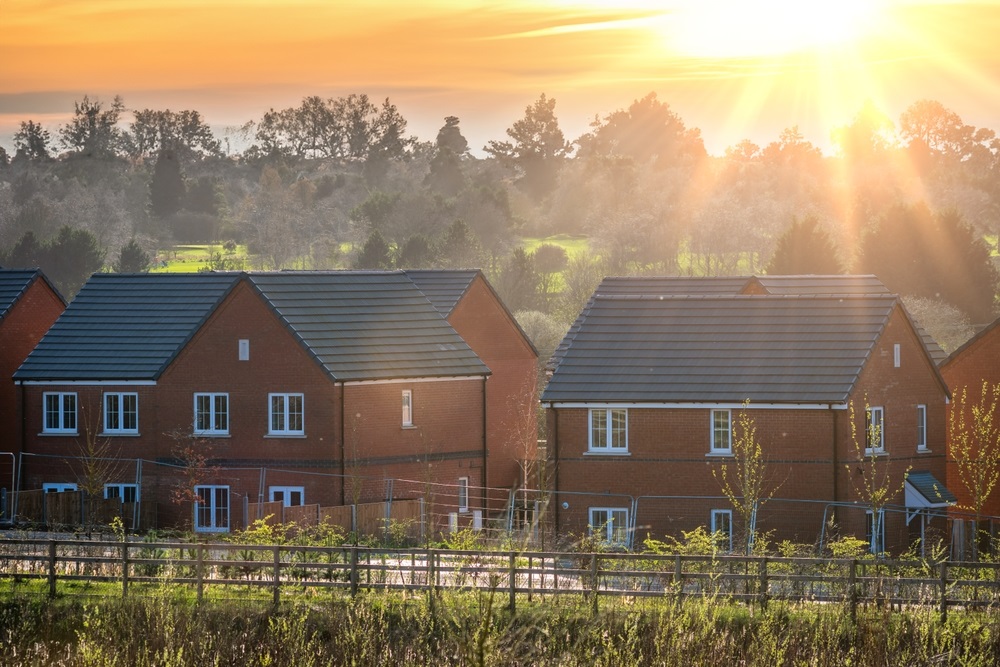Matthew Firth, managing director of Granville Developments, explains what you can expect if you buy a new home that is yet to be built
 The process of buying an older, pre-established property can be fairly simple as all design decisions and property preferences have already been made for you.
The process of buying an older, pre-established property can be fairly simple as all design decisions and property preferences have already been made for you.
However, purchasing a new build differs greatly from this as you will be presented with a variety of options. The process will unfold quite differently but there is no reason for it to be stressful.
Granville Developments’ managing director, Matthew Firth, has composed an instructive and reliable timeline that outlines the various stages you are likely to go through when purchasing a new build.
This timeline covers every important stage – from the moments of your first meeting to finally collecting the keys to your new home.
Whilst a new-build owner can certainly expect specific stages involved in the buying process, it’s still worth remembering that the individual buyer’s timeline may differ to what’s discussed in this article.
Matthew suggests you anticipate the following:
The importance of your first meeting
The development plans will be closely examined by the developers the moment they have been approved.
There will often be no indication of whether the developers will start work immediately, or whether they will take some time to begin. Because of this, it is imperative that you set up contact with the site developer as early as you possibly can.
Early contact is so important, as without it, work will begin and you won’t have had an opportunity to engage in a discussion about the new build.
From start to finish, the estimated time to build and complete a new home is around six months.
This means that you may find yourself moving into a development site, which will remain completely active around you. This is due to some developments continuing to work for several months following the completion of the first homes.
Choosing your favourite plot
As a new-build buyer, it is sensible for you to choose your new home as early as possible. By doing this you should be granted the freedom to decide the plot of land on which your future house will be situated.
As an example, your options might be between a property that overlooks the new village green, and one with a sunny garden that backs on to a wide field.
In addition to these decisions, you may also be given the opportunity to adjust a variety of elements of the interior layout or configuration.
Reservation fees and formalising your purchase
Once you have made a firm choice about your favourite plot on your preferred development, you will be asked by the developer to pay a reservation fee.
This fee could be anything between £500 and several thousand and it will be non-refundable, however, it will almost always be taken off of the final price once the build is complete.
After you have paid the reservation fee, the developer will ask you for permission to allow your solicitors to act on your behalf.
Once you have granted them the right to do this, they will begin to make their way through all the legal paperwork and documentation, resulting in an exchange of contracts that will officially formalise the purchase.
To add a timeframe to this stage, you can expect the contracts to be exchanged about four to six weeks after you have paid the reservation fee.
Having your say
Once your purchase has been formalised, you will be invited to either the show home, development or the offices of the home builder to begin the choices process.
You will be offered the chance to give your opinion on the approaching finalisation of the build. This will include letting the developer know what you would like to see (and just as importantly, not like to see) in your future home.
This could be absolutely anything, from the potential availability of free parking to the choice of fittings. A charge would normally be applied for these kinds of options, however, they may be offered to you as incentives.
The process can take anywhere between a couple of hours and a full day, depending on how indecisive you’re feeling.
The last few meetings
You will experience a series of other meetings with the development site’s sales or estate agents in which you will examine various aspects of the build.
Following this, a ‘walk-around’ will be arranged to look for any potential snags. This is important as you are unlikely to be granted access to the property whilst construction is in progress.
The snagging meeting will provide you with the opportunity to identify anything from minor issues with the build, such as small cosmetic details, to serious defects that endanger the structural integrity of the building.
The moment you have picked out these flaws, they will be documented and sent to the builder to be repaired as soon as possible.
If you’re interested in more information or are thinking of purchasing a new-build for yourself, click here.














